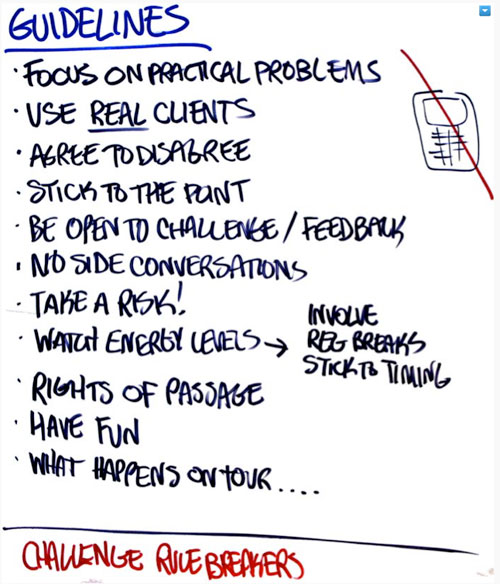
Problem:
Plumbing has standards. 'O' ring. Drill bit sizes. PVC standards.
Collaboration has no standards, yet billions of dollars are lost every day because of its poor application.
Solution:
Whether it is the American Society of Plumbing Standards, ISO 9000 standards or Pimp standards (ok, the standards here are debatable, but surely, condoms for the income generating persons health is standard,) they all have to identify and define a certain level of quality and expected outcome.
Collaboration appears to be anti-standard, a "nice to have" but not a mandatory. Why? If you have a terrible meeting in a windowless conference room do you find yourself back in the same (or similar) conference room, sitting around the same table, with the same people, discussing the same topic and achieving (i would bet) very little over the next day or week? There must be a stop to the insanity. How, when, where?
TIPS to start your collaboration standards:
+ Experts are few and far between. Forrester put out a Collaboration Standard Document for $199. Has anyone really bought it?
+ Review standards created to make the difference between life or death: steel bridge manufactures standards.
+ Enable a common experience environment. In other words, make a special collaborative space. It is probably to much to transform and entire office into a collaborative environment, but how about one room? Think big. Use tools that everyone can work together on. Giant white boards. No tables. No pens. Everything should enable communication with your colleagues.
+ The easiest way is to set the standards at the beginning of the meeting. Define what the 'Rules' or 'Standards' are going to be. Have everyone agree to them. Perhaps set a punishment if they don't! Write large, post it where everyone can see, stay true the purpose of meeting in the first place. For example: